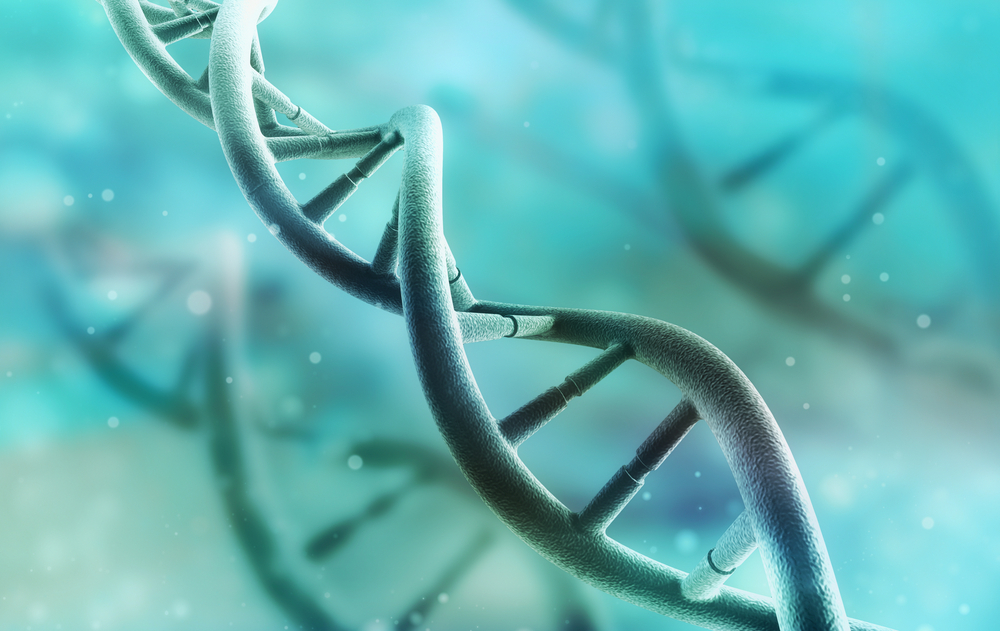Proteins That Regulate Gene with Critical Role in FSHD Development Identified in Study

Researchers identified proteins that regulate DUX4, the key gene in facioscapulohumeral muscular dystrophy (FSHD). The results offer a potential therapeutic pathway, they believe.
The study, “NuRD and CAF-1-mediated silencing of the D4Z4 array is modulated by DUX4-induced MBD3L proteins,” appeared in the journal eLife.
While healthy people have 11 or more copies of DUX4, people with FSHD have 10 or less. DUX4 is normally only active during very early embryonic development, but in FSHD patients, thanks to the fewer copies, the gene later reactivates and selectively destroys muscle cells.
Aiming to explore ways to shut DUX4 off again in FSHD patients, researchers at the Fred Hutchinson Cancer Research Center used a technique based on the gene editing strategy CRISPR to identify proteins that bind to DUX4 and its neighboring DNA.
This approach led the researchers to find two large groups of proteins involved in suppressing DUX4 in muscle and embryonic stem cells when its time for it to be shut off, known as NuRD and CAF-1. Next, the scientists discovered another protein that stops these repressors, called MBD3L2. They suggest this protein could be a new therapeutic target for FSHD – the most common form of muscular dystrophy.
“Together, these findings provide the basis for therapies directed at repressing DUX4 in FSHD and reveal a mechanism for the regulation of DUX4 in stem cells,” the investigators wrote.
Although the researchers still do not know why reactivated DUX4 specifically damages skeletal muscle, they hypothesize that the unique composition of muscle fibers may hold the answer.
Muscle fibers are made of many muscle cells, but the cells are fused together. Their nuclei, which contains DNA, are also bundled together. The investigators believe that, in FSHD, the lack of barriers separating cells allow the damage caused by DUX4 reactivation to spread along the muscle fiber. As support, they note that the destructive effects of DUX4 reactivation in other types of cells are confined within one cell and are not transmitted to others.
“The environment is able to compensate for the loss of a single cell,” Amy Campbell, PhD, the study’s first author, said in a press release. “Whereas in a muscle, you’re affecting these large muscle fibers that maybe can’t catch up.”
The scientists now wonder if MBD3L2 works to help switch DUX4 back on, but might also play a key role in its destructive spread through muscle fibers and in FSHD progression.
“If the spreading from nucleus to nucleus is the basis of progression, then blocking the spreading by blocking MBD3L2 could slow down progression,” said Stephen Tapscott, MD, PhD, the study’s senior author.
The researchers also want to find if the MBD3L2 protein is involved in normal embryonic development, in addition to its role in FSHD muscle cells.
The recently suggested role of DUX4 in rare forms of leukemia and sarcoma will also be addressed. They will try to discover if DUX4 acts in cancer the same way it does in FSHD.






